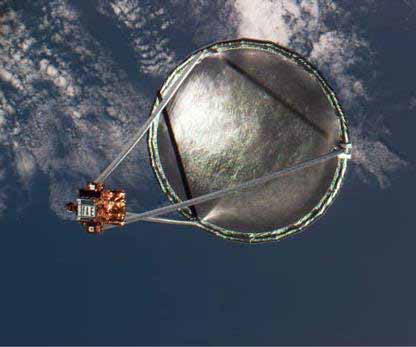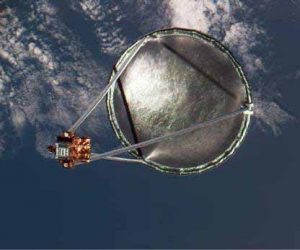
NASA announced Nov 29th that it had selected 300 proposals from small businesses and entrepreneurs to enter into negotiations for awards, valued at up to 125,000 USD each, to conduct Phase I feasibility studies on various innovative technologies. The proposals, combined totaling approximately 38 million USD, fall under NASA’s Small Business Innovation Research (SBIR) and Small Business Technology Transfer (STTR) programs, which aim to stimulate technological innovation and provide financial incentive to new products and services. Of the selected proposals, 260 were selected for the SBIR program, with the remaining 40 being selected for the STTR program.
“NASA’s partnerships with small businesses and universities through these programs brings space technologies to the marketplace, helping start-ups and small businesses create new jobs and grow our economy while meeting NASA’s current and future mission needs,” said Michael Gazarik, director of NASA’s Space Technology. “We’re excited to work with these new partners and look forward to seeing their technologies mature into commercially viable products.”
The businesses and research institutions selected for the awards will now enter into negotiations with NASA to determine the exact monetary value of each award, and what the proposal will deliver at the end of the Phase I study. The studies typically last 6 months for the SBIR proposals, and 12 months for the STTR proposals. At the conclusion of the studies, firms who successfully complete the Phase I studies are eligible to apply for funding to pursue their innovations further in a Phase II study, and similarly, a Phase III commercialization of the product.
The SBIR and STTR programs, started in 1984 and 1994 respectively, have their head offices at the NASA Ames Research Center, with support offices distributed around the US. They target American small businesses (those with fewer than 500 employees) and universities with annual awards to stimulate technological innovation and help make new products commercially viable.
The video below reviews some successful SBIR/STTR companies.


















































































































![A trajectory analysis that used a computational fluid dynamics approach to determine the likely position and velocity histories of the foam (Credits: NASA Ref [1] p61).](http://www.spacesafetymagazine.com/wp-content/uploads/2014/05/fluid-dynamics-trajectory-analysis-50x50.jpg)



Leave a Reply